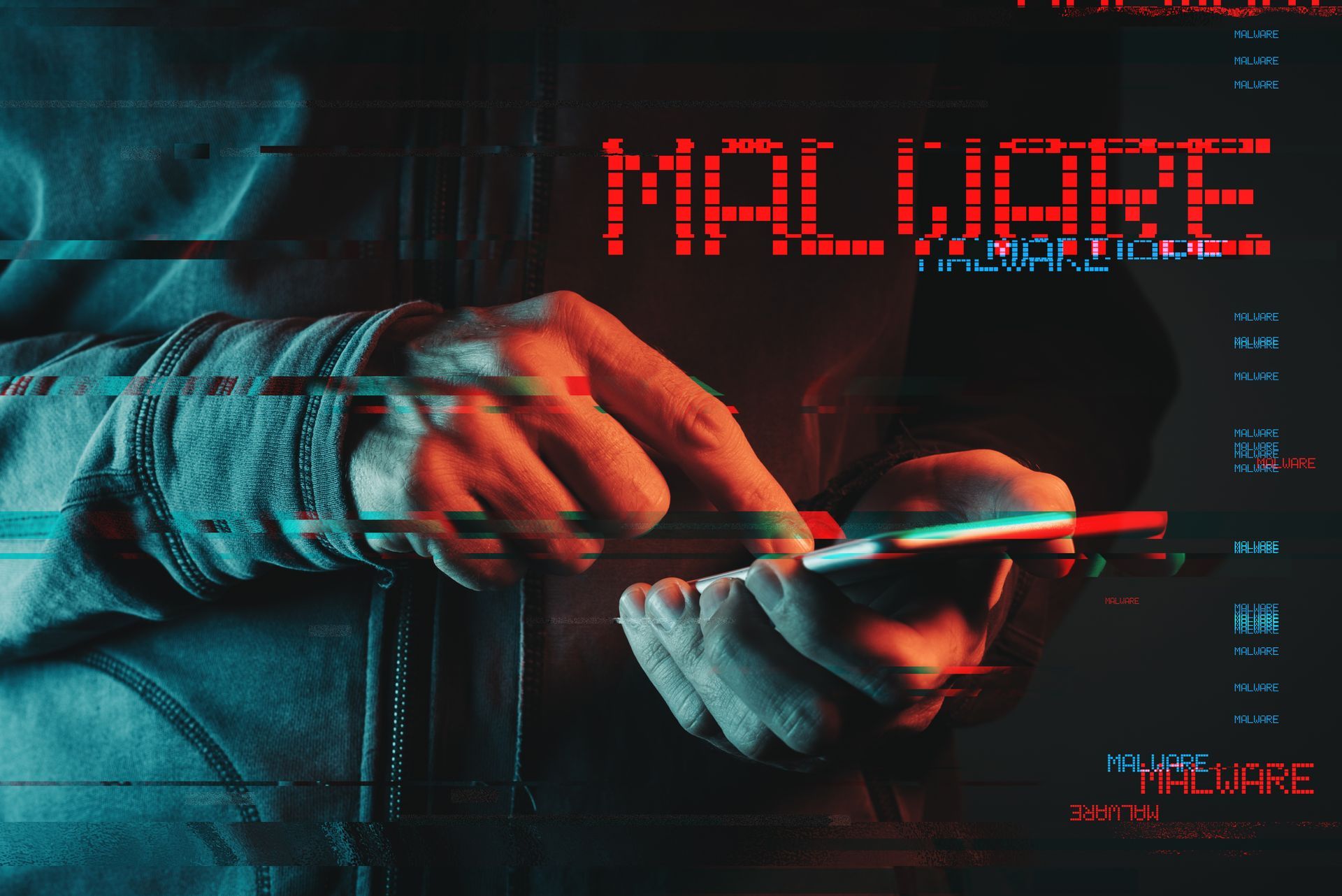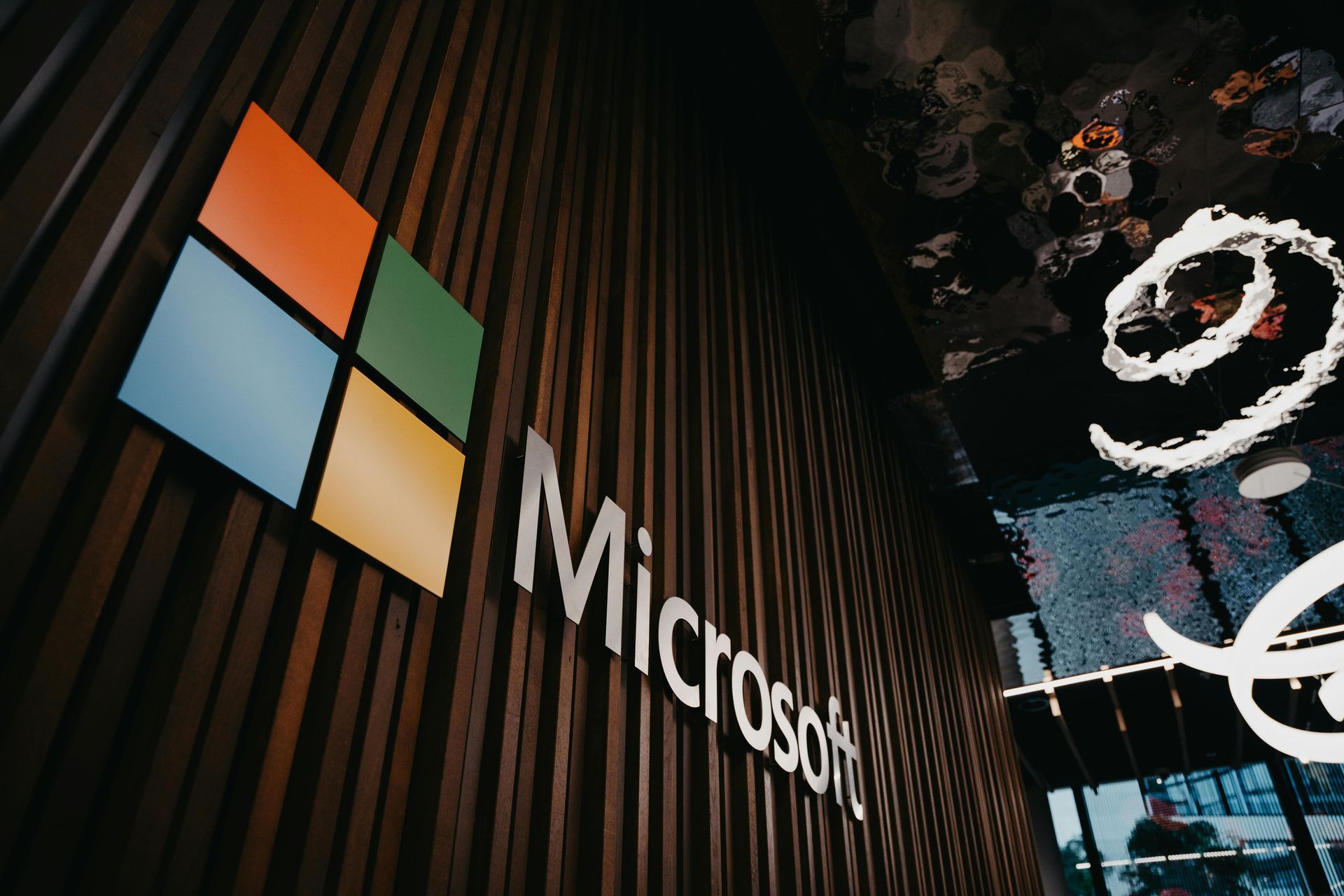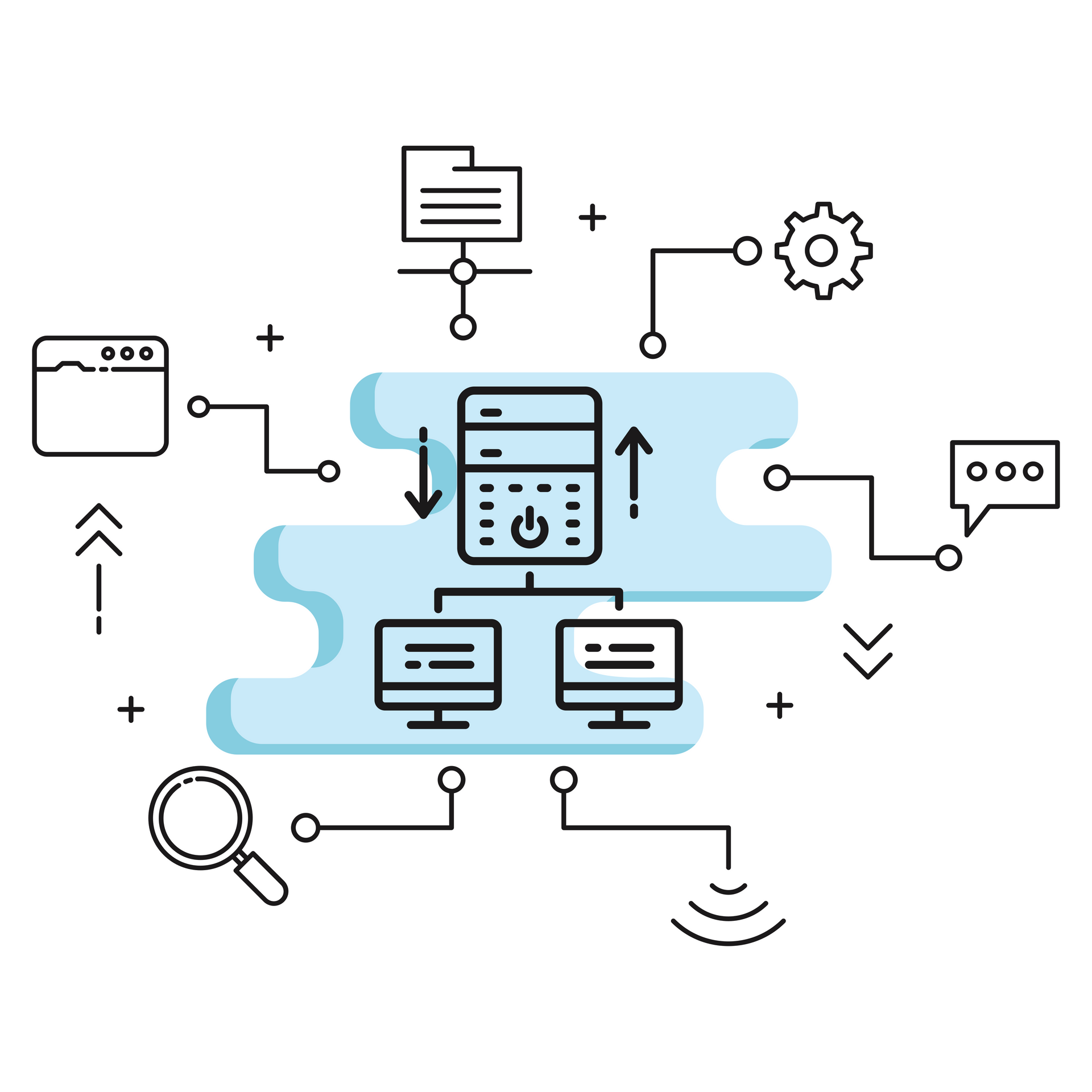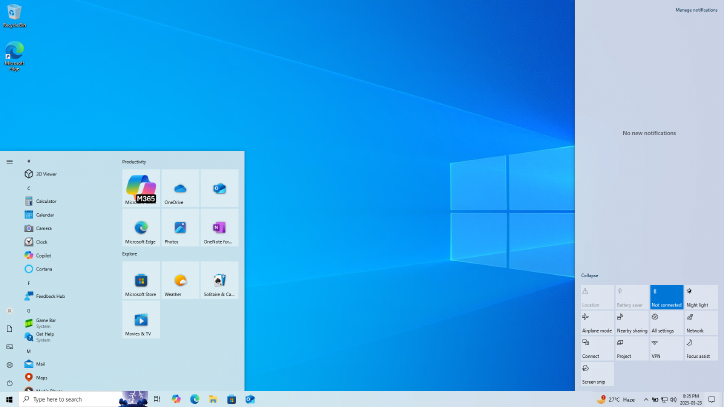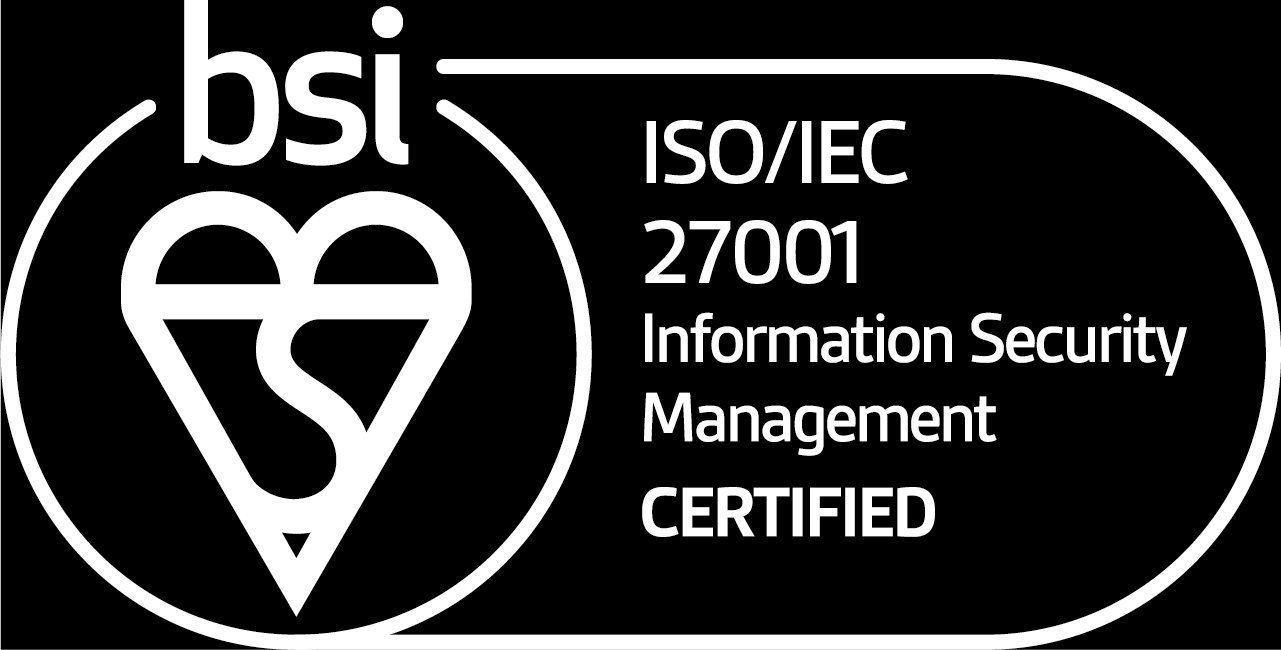Modern IT Infrastructure: Challenges and Solutions for Enterprise Growth
Through our recent work with a leading automotive group, we've gained valuable insights into common infrastructure challenges and effective solutions that many enterprises encounter. Here's what we've learned:

The Reality of Legacy Infrastructure
Picture this: You arrive at work one morning to find your systems crawling at a snail's pace. Your teams are frustrated, productivity is dropping, and you're faced with the stark reality that your infrastructure simply isn't keeping up. This scenario is all too common in enterprises today, where ageing infrastructure creates a perfect storm of performance issues.
In our recent assessment, we identified several critical challenges:
- Disk I/O bottlenecks causing system-wide slowdowns
- Servers running at >90% capacity, creating VM performance issues
- Critical systems running on unsupported Windows Server 2012
- Backup systems failing to meet recovery point objectives
Security in an Age of Complexity
Perhaps the most sobering discoveries come from our security assessments. In one instance, we found business-critical data being processed on non-domain joined Windows 10 devices – a significant security risk that had evolved from what was initially meant to be a temporary solution.
Common security vulnerabilities we encounter include:
- Network security infrastructure more than five years old
- Untested disaster recovery plans
- Insufficient access monitoring
- Fragmented audit logging systems
The Connectivity Challenge
Modern enterprises are like digital organisms, with data flowing between locations like lifeblood. Yet we regularly find organisations struggling with a patchwork of connectivity solutions. The impact of poor connectivity can be severe:
- Business disruption from varying connection speeds (2 Mb/s to 1 Gb/s)
- Inter-site communication latency exceeding 100ms
- VPN infrastructure buckling under remote working demands
- Complex management of multiple communication platforms
Charting a Course Forward
So, what's the solution? In our experience, successful infrastructure modernisation requires a balanced approach.
Let's look at three key strategies:
1. Hardware Modernisation
When evaluating hardware upgrades, we help organisations consider:
- Capital expenditure versus three-year total cost of ownership
- Specific scalability requirements for CPU, RAM, and storage
- Preventative maintenance schedules
- Technology refresh cycles aligned with business growth
2. Hybrid Cloud Implementation
A properly implemented hybrid approach can transform your infrastructure. We've helped clients achieve:
- Active-active failover with <15-minute Recovery Time Objective
- N+1 disaster recovery capability
- Dynamic resource scaling based on actual usage
- Optimised workload distribution for both performance and cost
3. Full Cloud Migration
For some organisations, complete cloud migration offers compelling advantages:
- Eliminated hardware maintenance overhead
- Enhanced security through native cloud services
- Improved scalability options
- 99.99% availability with proper architecture
- Shift from capital to operational expenditure
Building Your Modernisation Roadmap
The journey to modern infrastructure isn't a sprint; it's a carefully planned marathon. Here's how we typically approach it:
Immediate Actions Start with the burning issues that need immediate attention. Address those performance bottlenecks, migrate from unsupported systems, and fix critical security vulnerabilities. Think of it as stopping the bleeding before starting the healing.
Medium-Term Goals This is where we build momentum. Consolidate your domain services, complete that email migration to Microsoft 365, and implement those next-generation security solutions you've been considering. It's about creating a solid foundation for growth.
Long-Term Vision Now we can focus on transformation. Implement automated disaster recovery, deploy zero-trust architecture, and even consider green IT initiatives. This is where your infrastructure becomes a genuine business enabler rather than just a necessary cost.
Looking Ahead
The future of enterprise IT infrastructure lies in finding the right balance between performance, security, and cost-effectiveness. Whether you're considering hardware upgrades, exploring hybrid solutions, or planning a cloud migration, success depends on aligning technical decisions with specific business objectives.
We recommend quarterly infrastructure assessments against defined KPIs. This proactive approach, combined with clear technical roadmaps, ensures your IT infrastructure enables rather than constrains your business growth.
The challenges of modern IT infrastructure are complex, but they're not insurmountable. With careful planning, the right expertise, and a clear vision of your objectives, you can build an infrastructure that not only meets today's needs but is ready for tomorrow's challenges.
Are you facing similar infrastructure challenges? We'd love to help. Contact our technical team at innovate@altiatech.com to discuss your modernisation journey.




